Like Becket, Aelfheah is considered a saint and a martyr, he is usually portrayed in art with an axe. The images we see of Becket's death and Aelfheah's are similar, both are in prayer and behind them are their armed murders ready to pounce.
We all know Thomas Becket's story, but what was Aelfheah's?
Aelfheah was a West Country hermit and later a monk who was Prior at Glastonbury Abbey - he liked to build new churches and liked music, when played a church organ he commissioned could be heard over a mile away. He became Archbishop of Canterbury in 1006 - strangely, he had arrived at his new position with the head of St Swithun neatly packed in his bag! - What's that all about?
Aelfheah had been Archbishop in Canterbury for five years when in 1011 the Vikings arrived, they ransacked the town, took Aelfeah prisoner and demanded money with menaces. Aelfeah was held captive for seven months. Despite the willingness of the people of Canterbury to dig deep into the pockets to pay the ransom Aelfheah, in true martyr fashion, told them to keep it. On the 19th April in 1012 Aelfheah was bashed over the head by an axe-wielding Norseman and according to a chronicler of the time
‘his holy blood fell on the ground and his holy soul was sent forth to God’s kingdom’.
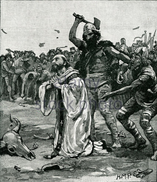
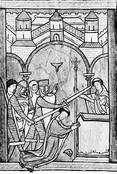
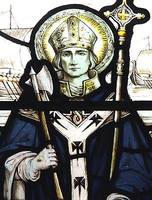

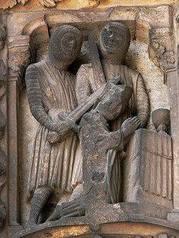
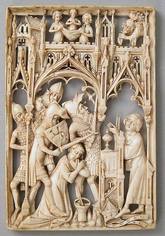
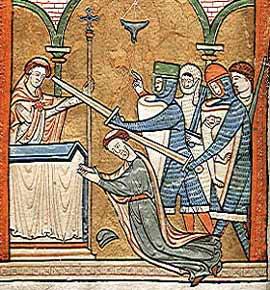
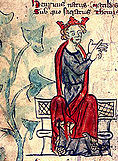
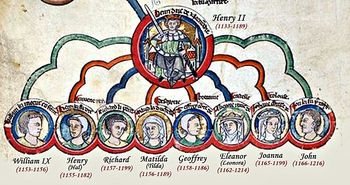
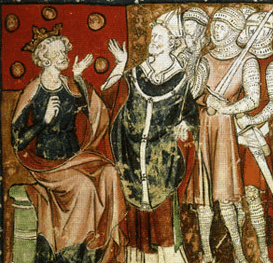

 RSS Feed
RSS Feed
